The NVIDIA GeForce GTX 1660 Review, Feat. EVGA XC GAMING: Turing Stakes Its Claim at $219
by Ryan Smith & Nate Oh on March 14, 2019 9:01 AM ESTMeet The EVGA GeForce GTX 1660 XC Black GAMING
Like last month's GeForce GTX 1660 Ti, the GeForce GTX 1660 is also a pure virtual launch, meaning it doesn't bring any Founders Edition models and leaves everything to NVIDIA’s add-in board partners. For today's reviewer, we're look at EVGA’s GeForce GTX 1660 XC Black, a 2.75-slot single-fan card with reference clocks and a slightly increased TDP of 130W. And this should all sound a little familiar; it's the same cooling design as the EVGA GeForce GTX 1660 Ti XC Black that we took a look at last month.
| GeForce GTX 1660 Card Comparison | ||||
| GTX 1660 (Reference Specification) |
EVGA GTX 1660 XC Black GAMING | |||
| Base Clock | 1530MHz | 1530MHz | ||
| Boost Clock | 1785MHz | 1785MHz | ||
| Memory Clock | 8Gbps GDDR5 | 8Gbps GDDR5 | ||
| VRAM | 6GB | 6GB | ||
| TDP | 120W | 130W | ||
| Length | N/A | 7.48" | ||
| Width | N/A | 2.75-Slot | ||
| Cooler Type | N/A | Open Air | ||
| Price | $219 | $219 | ||
To that end, there is nothing new about the design that we didn't cover last time. Utilizing technology and features first introduced with earlier RTX 20-series, the "XC" branded GTX 1660 incorporates aspects of EVGA's new iCX2 cooling design. For one, EVGA reworked their cooler design with hydraulic dynamic bearing (HDB) fans, offering lower noise and higher lifespan than sleeve and ball bearing types, and this is present in the EVGA GTX 1660 XC Black.
Like some of its older EVGA siblings, the GTX 1660 XC Black is a squat single-fan solution, complementing a longer and skinnier dual-fan version. Being so 'stubby', the one-fan GTX 1660 XC Black wields a triple-slot bracket and essentially occupies three slots due to the thick heatsink and correspondingly taller fan hub. The advantage of being so short, though, is suitability for mini-ITX form factors.
And unsurprisingly, considering that the GTX 1660 Ti XC Black lacked this feature, the GTX 1660 XC Black does not feature LEDs and zero-dB fan capability, where fans turn off completely at low idle temperatures. The former is an eternal matter of taste, as opposed to the practicality of the latter, but both tend to be perks of premium models and/or higher-end GPUs.
The output situation also holds no surprises, though partners ultimately can opt for what they'd like here. The GTX 1660 XC Black goes for a standard mainstream card configuration with 1x DisplayPort/1x HDMI/1x DVI and not including a USB-C/VirtualLink output. Although the TU116 GPU still supports VirtualLink, the decision to implement it is up to partners; the feature is less applicable for cards further down the stack, where cards are more sensitive to cost and are less likely to be used for VR. Additionally, the 30W USB-C controller power budget could be significant amount relative to the overall TDP.
And on the topic of power, the GTX 1660 XC Black’s power limit is capped at the default 130W like the GTX 1660 Ti XC Black, though theoretically the card’s single 8-pin PCIe power connector could supply 150W on its own.
The rest of the other GPU-tweaking knobs are there for your overclocking needs, and for EVGA this goes hand-in-hand with Precision, their overclocking utility. For NVIDIA’s Turing cards, EVGA released Precision X1, which allows modifying the voltage-frequency curve and scanning for auto-overclocking as part of Turing’s GPU Boost 4. Of course, NVIDIA’s restriction of actual overvolting is still in place, and for Turing there is a cap at 1.068v.
A final note is EVGA's new 'Associates' referral/rewards program, which launched just this month. EVGA Elite members can offer referral codes, which will provide the buyer a discount, and the referring member a 3-5% cut in the form of EVGA Bucks.


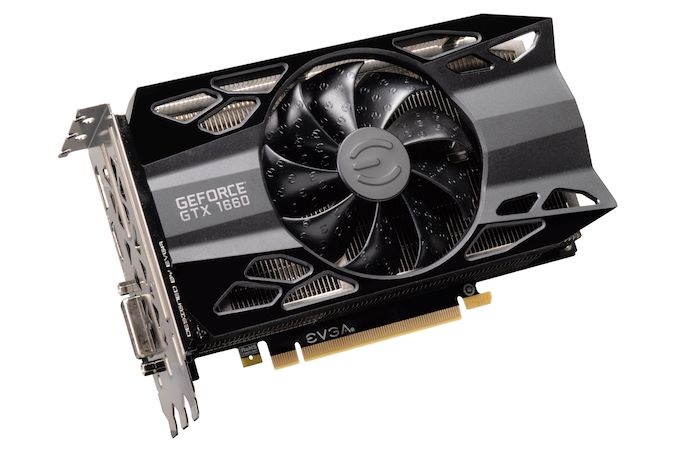

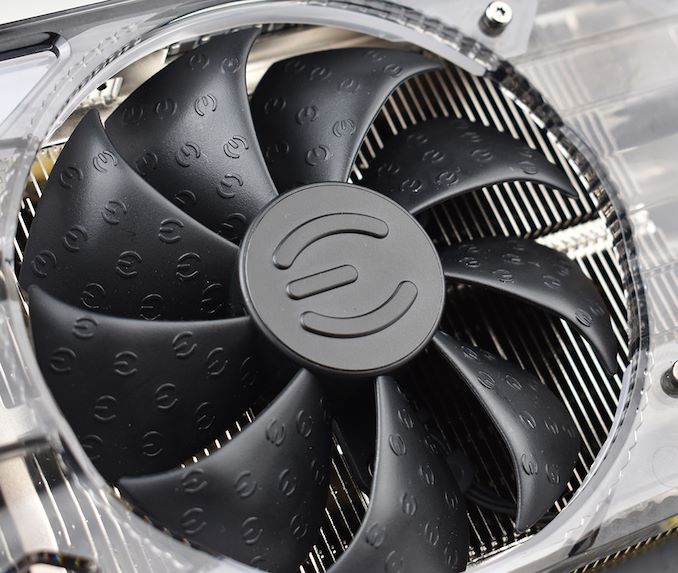
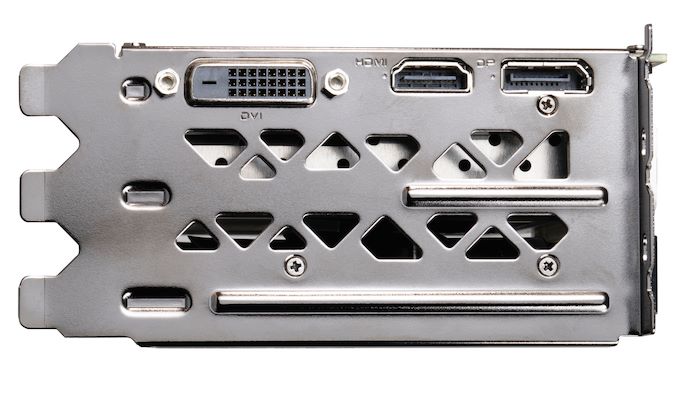
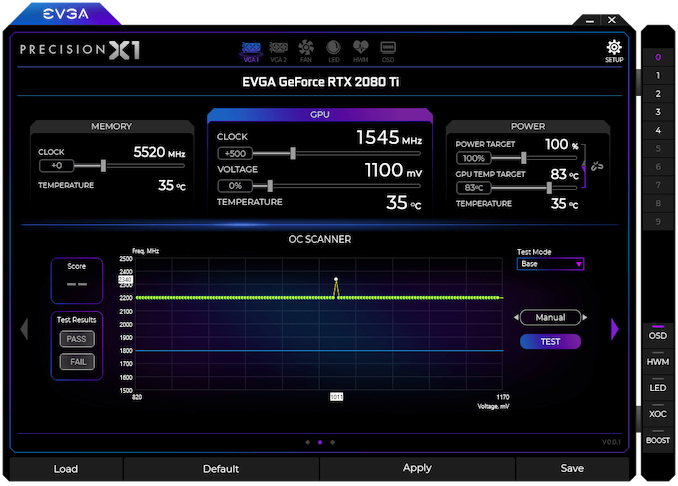
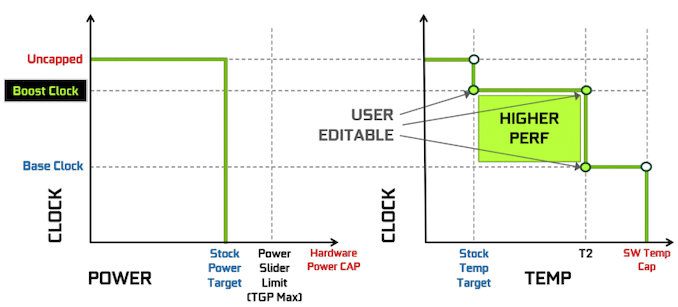









77 Comments
View All Comments
oleguy682 - Thursday, March 14, 2019 - link
Not really sure this works as a 970 replacement. I'll have to peruse Bench to see what the difference between the 960 and 970 were to see if it's worth the money. Might need to wait another generation.... or refresh.Ryan Smith - Thursday, March 14, 2019 - link
On which note I've gone ahead and unlocked the GTX 1660 cards in bench.https://www.anandtech.com/bench/product/2456?vs=21...
The GTX 1660 is a good bit faster than the 970, but it may not be enough to satisfy your needs. Then again, this is a $219 card versus a $329 card.
nathanddrews - Thursday, March 14, 2019 - link
Going by current Newegg prices - the GTX 1070 and Vega56 can be had for just under $329 (original 970 pricing) and are both literally 2X faster in many Bench scenarios than the 970.0ldman79 - Thursday, March 14, 2019 - link
Considering the 970 is $100 on ebay right now...Roughly 85% of the performance.
nathanddrews - Thursday, March 14, 2019 - link
You can justify anything using used pricing. In a freak bit of luck, I got two used 1080Ti GPUs for $400 each last October, virtually eliminating any possible price/performance comparison. Assuming the OP bought the 970 new, it's a fair comparison to look at current $329 cards.Gigaplex - Thursday, March 14, 2019 - link
It's irrelevant what they paid for the 970. They already have it, so it's effective cost on whether to upgrade is what they can get for it when they sell it, or if they don't sell it, $0.Old Dog - Friday, March 15, 2019 - link
Of course it's not. He's not talking about going out and buying a 970 today at that price. The real question is if the increase in performance is worth the $150 or so it'll cost him to upgrade (assuming he nets ~$80 by selling the 970 for $100 on eBay. (I'm afraid that price is about to take a hit though.) This is the same question we're all asking ourselves. Original price of our current cards is irrelevant. It's all about current value.0ldman79 - Saturday, March 23, 2019 - link
^^This.Current value is all that really matters. "What is it worth today?" while I'm building my system.
Tech doesn't hold on to value. $1,000 Extreme Edition CPUs become worthless right about the same time the $200 midrange CPU does typically. The current Core ix going from dual core up to 28 core may throw a kink in that statement, but historically it has held true.
0ldman79 - Saturday, March 23, 2019 - link
I'm saying for the money the 970 isn't a bad deal.If the price drops more then that deal improves, SLI and go about your day.
I'm not talking about valid comparisons, apples to apples, none of that, just saying that today if I need a video card a used 970 is very cheap and performs pretty well. If you've already got one then SLI is a cheap upgrade.
For any of my broke buddies I'm recommending the 970. I'm not sure what I'd recommend new right now, I guess that ultimately comes down to the budget of the build. 2060 is looking pretty good though. It'll be much better in about six months after the price drops (hopefully).
Hrel - Saturday, March 30, 2019 - link
My R9 280x still maxes or nearly maxes everything I play. Simply for power and thermal upgrades, as well as DX features, I'll probably "upgrade" to a GTX 1660, but that card is so much faster than this one, on less power, and this one already does everythingI need it to so....That's the biggest problem I see for GPU manufacturers. Why do I need more GPU when there hasn't been a half decent game released in 10+ years?
I play Dark Souls 3, Rocket League, KSP and Mordhau. Mordhau is the most demanding but it looks great even at medium. Civilization is a great game, that already runs great. I just installed KOTOR with a ton of mods, that was fun, think it came out in 2003. Wanna do Mass Effect modded out next, what was that, 2008?
I don't think anyone needs a RTX anything, or anything above the GTX 1660ti. But more power to the people who buy that stuff, keep these guys funded I love their work! I'm just not rich enough to buy stuff without need motivating it. So when every modern game is udder crap, or from an Indie developer who knows how to code so it runs on 10 year old hardware... there's just no need for much more GPU power.